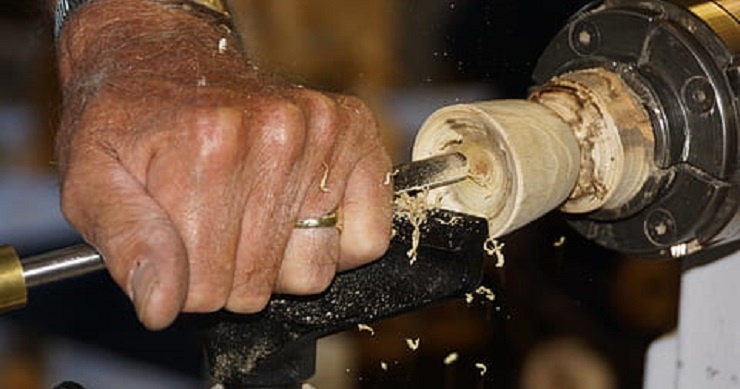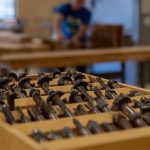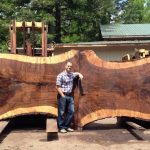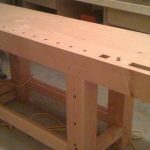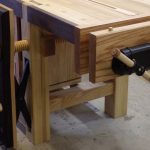Mallets offer good opportunities for challenging and improving your spindle-turning skills. Typically, you begin with a 3″×3″×12″ block of seasoned or kiln-dried wood. Although more expensive, quarter-sawn woods are less likely to fail than flat-sawn wood. After planning out the design, mount the blank on a lathe. When turning the mallet, use a spindle-roughing gouge to create a cylinder from the blank. More turning is needed to shape the head, handle and the coves. The mallet may be left unfinished, or finished either on or off the lathe.
Key Takeaways:
- Mallets include a number of elements that make them a great spindle-turning exercise.
- Mount the blank on a lathe and use a spindle-roughing gouge to create a cylinder.
- Quarter-sawn grain hardwoods are more expensive, but their grains create a more durable mallet.
“The mallet can be finished on or off the lathe with any type of oil finish, or it can be left unfinished. My preference is a beeswax and oil finish.”
Read more: https://www.woodworkersjournal.com/turn-a-better-mallet/
Reference:
- frank howarth (YouTube Channel (just for video))


